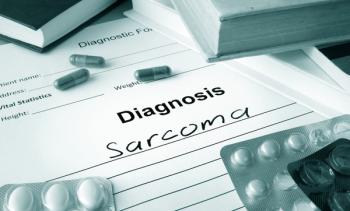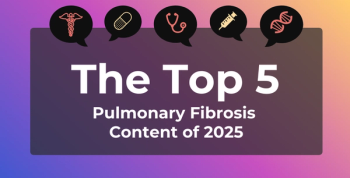
AACE Presents Clinical Practice Guidelines for Treating Obesity
The largest group of endocrinologists first declared obesity a disease in 2012. Guidelines call for making relief of weight-related complications the first priority, not weight loss per se.
The world’s largest professional group of endocrinologists today issued clinical guidelines for treating obesity, standards that focus not simply on losing weight but on improving health and quality of life for those who live with the disease.
Guidelines issued by the 7000-member
The need for obesity treatment is acute, the authors state. Rates of the disease are rising both in the United States and around the world; CDC data show that 2 of 3 adults is overweight or obese.
“Our rationale for creating these guidelines was the fact that obesity medicine lacks comprehensive and evidence-based guidelines that are translatable to real-world clinical care of patients with obesity,” said W. Timothy Garvey, MD, FACE, chair of the AACE Obesity Scientific Committee, which developed the guidelines.
“The new guidelines help physicians and others by eliminating the guesswork as it pertains to obesity management, including dietary, behavioral, psychological and physical considerations to treatment.”
Scientific Committee members will present a briefing on the guidelines Friday morning at a symposium in Orlando, Florida.
AACE issued a statement declaring obesity a disease in 2012, a year ahead of the statement from the American Medical Association House of Delegates. It was thought that latter announcement would speed payer approval of pharmacotherapy and other treatments for obesity, but as speakers and panelists noted at the recent meeting of
Today’s presentation of full clinical practice guidelines—including 9 broad clinical questions with 123 recommendation numbers and 160 specific statements—are designed to present obesity as “a complex, adipose-based chronic disease.”
The document discusses the use of body mass index (BMI) as a screening tool, but makes clear that it is just that—a starting point for evaluating whether a person has other health characteristics of obesity. BMI by itself cannot define obesity.
Complications have significant effects on health and quality of life, not to mention costs to the system—the AACE authors state that obesity adds $3559 each year in per-patient medical expenditures compared with those who do not have obesity, including $1372 for in-patient services, $1057 for outpatient services, and $1130 for prescription drugs.
According to their
Among the statements in the AACE guidelines:
· The primary goal of obesity care is relief from weight-related complications, not just weight loss per se.
· All adults should be screened annually for overweight or obesity, with a BMI of 25 kg/m2 or greater being further evaluated for clinical factors such as fluid retention, muscularity, age, and gender to determine if treatment for overweight or obesity is required.
· Those who gain weigh progressively should be screened for type 2 diabetes or prediabetes.
· If someone with a BMI 30 or more has obesity and diabetes, and lifestyle changes and weight-loss therapy have failed to achieve “targeted clinical outcomes,” then bariatric surgery should be considered. Studies in recent years have shown that bariatric surgery can reverse diabetes in addition to producing weight loss.
· Pharmacological treatment to produce weight loss should be considered to relieve symptoms such as gastroesophageal reflux or, for women, urinary incontinence.
· Persons with obesity should be screened for depression.
· Waist circumference of 94 cm or more for men and 80 cm or more for women is considered “at risk and consistent with abdominal obesity.” Studies have linked abdominal obesity with increased cardiovascular risk.
Newsletter
Stay ahead of policy, cost, and value—subscribe to AJMC for expert insights at the intersection of clinical care and health economics.







































